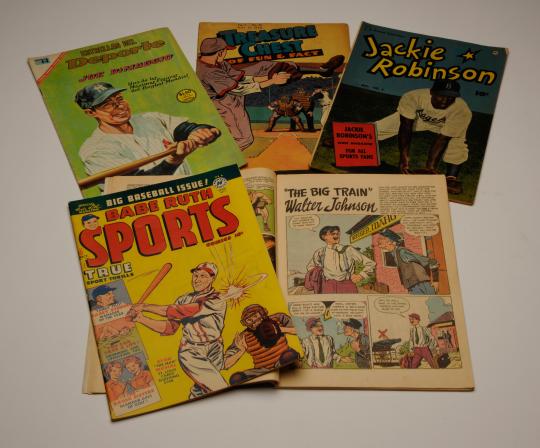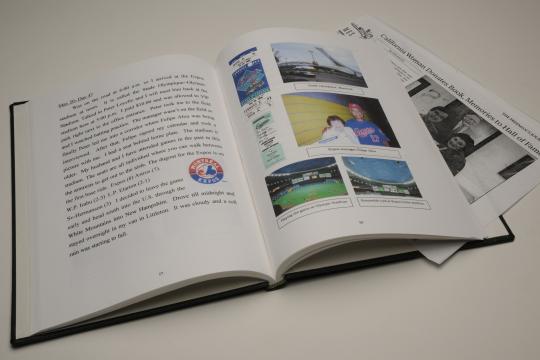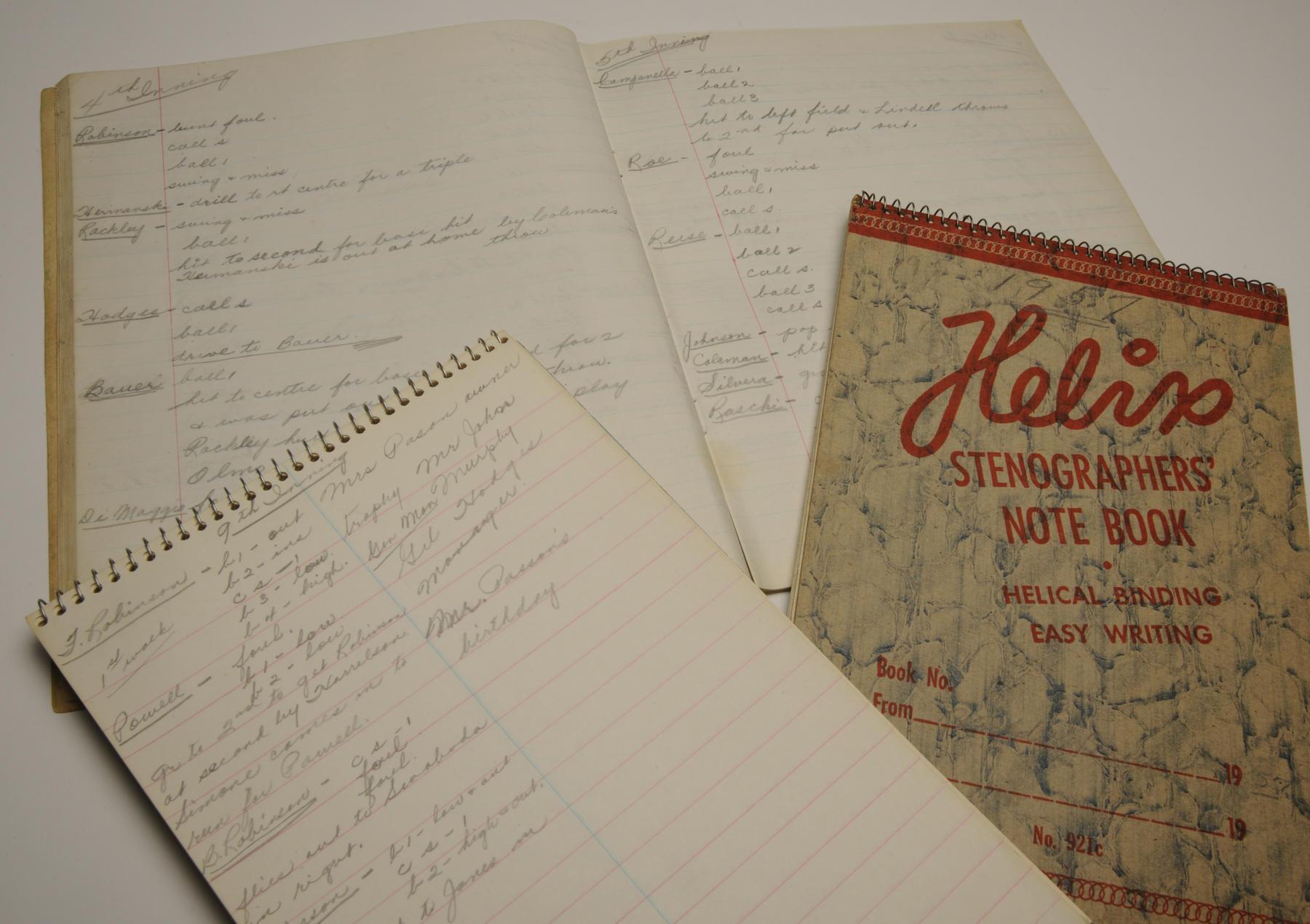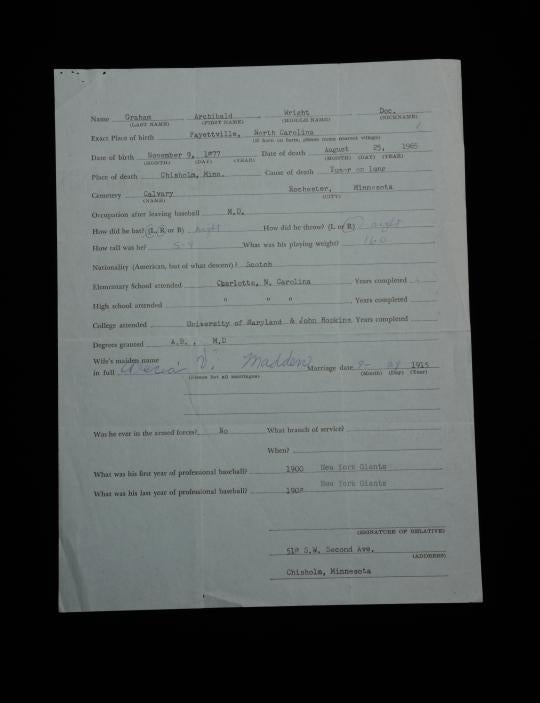It is literally the language of the game – the stories that preserve the homers and heroics of more than a century of baseball history.
Most of that language – even in today’s digital age – is found on paper. And the preservation of that ink and wood pulp is critical to the preservation of the game itself.
The National Baseball Hall of Fame Library and Archival Collection contains more than three million pieces, including half a million photographs, 30,000 books, 14,000 hours of original recorded media, 2,500 oral history interviews, 2,000 scrapbooks, 900 pieces of sheet music and a subject file on every player and every topic related to our National Pastime. The archive is the foremost baseball research facility in the world.
Fans of the game donate their treasured paper material to the Baseball Hall of Fame for a number of reasons. Many feel a great piece of mind knowing that their material will be housed in a climate-controlled space. These specific types of conditions are not found in a normal home environment and it is important that proper conditions match the type of material in the personal collection. Donated material can always be visited by family members and the materials are also available to scholars who wish to utilize the information to share with other baseball enthusiasts.
The stories of donors and their printed tales could fill an archive all by themselves.
-- Ralph Bloeser was an engineer working in Phoenix, Arizona and he had been collecting baseball themed comic books since World War II. He was thinking of retiring and he and his wife needed to downsize. Their new home would not have room for everything, including his comic books – and he decided to donate them to the archive. At the time, the Museum’s permanent collection contained less than half a dozen comic books and the library became the proud new home for 13 boxes of material that spanned the years from 1940-1960.




